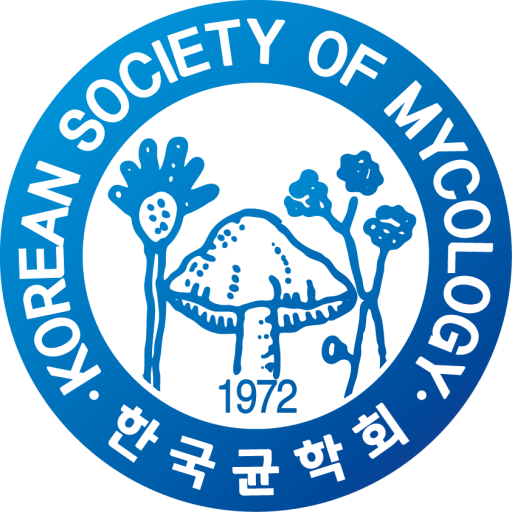Development of RNP-based CRISPR/Cas9 System in Trametes versicolor
Dong Hee Kim, Yeon-Jae Choi and Hyeon-Su Ro*
Department of Bio&Medical Bigdata (BK21plus) and Research Institute of Life Sciences,
Gyeongsang National University, Jinju, Korea
*Email: rohyeon@gnu.ac.kr
Fungi, one of the five major kingdoms, constitute a diverse group of organisms that act as key decomposers in ecosystems and produce various degradative enzymes. Basidiomycetes, especially white rot fungi, produce lignin-degrading enzymes such as laccase, manganese peroxidase (MnP), and lignin peroxidase (LiP). They are almost the only organisms in the ecosystem capable of degrading lignin. Recent studies show that they can also degrade by-products formed during antibiotic production, highlighting their potential in environmental applications. For this purpose, studies on gene function through molecular biological approaches are essential. However, fungal molecular genetics has faced limitations due to the lack of antibiotic resistance markers, the absence of a universal transformation protocol, low efficiency of homology-directed repair (HDR), and heterokaryosis. Despite these, following studies on Schizophyllum commune and Coprinus cinerea, recent research has expanded to edible mushrooms like Pleurotus ostreatus, Lentinula edodes, and Agaricus bisporus, and to medicinal mushrooms like Ganoderma lingzhi. In this study, we performed PEG-mediated transformation using pre-assembled RNPs that can break the pyrG gene on Trametes versicolor. As a result, we successfully generated ΔpyrG transformants include 1 bp deletion and insertion. These samples showed better growth than the wild type in 5-FOA medium. Based on this, we plan to integrate a hygromycin-resistance gene expression cassette into genes by HDR. This study is expected to provide a foundation for diverse molecular genetic studies through the establishment of a CRISPR/Cas9-based transformation method.

 English
English